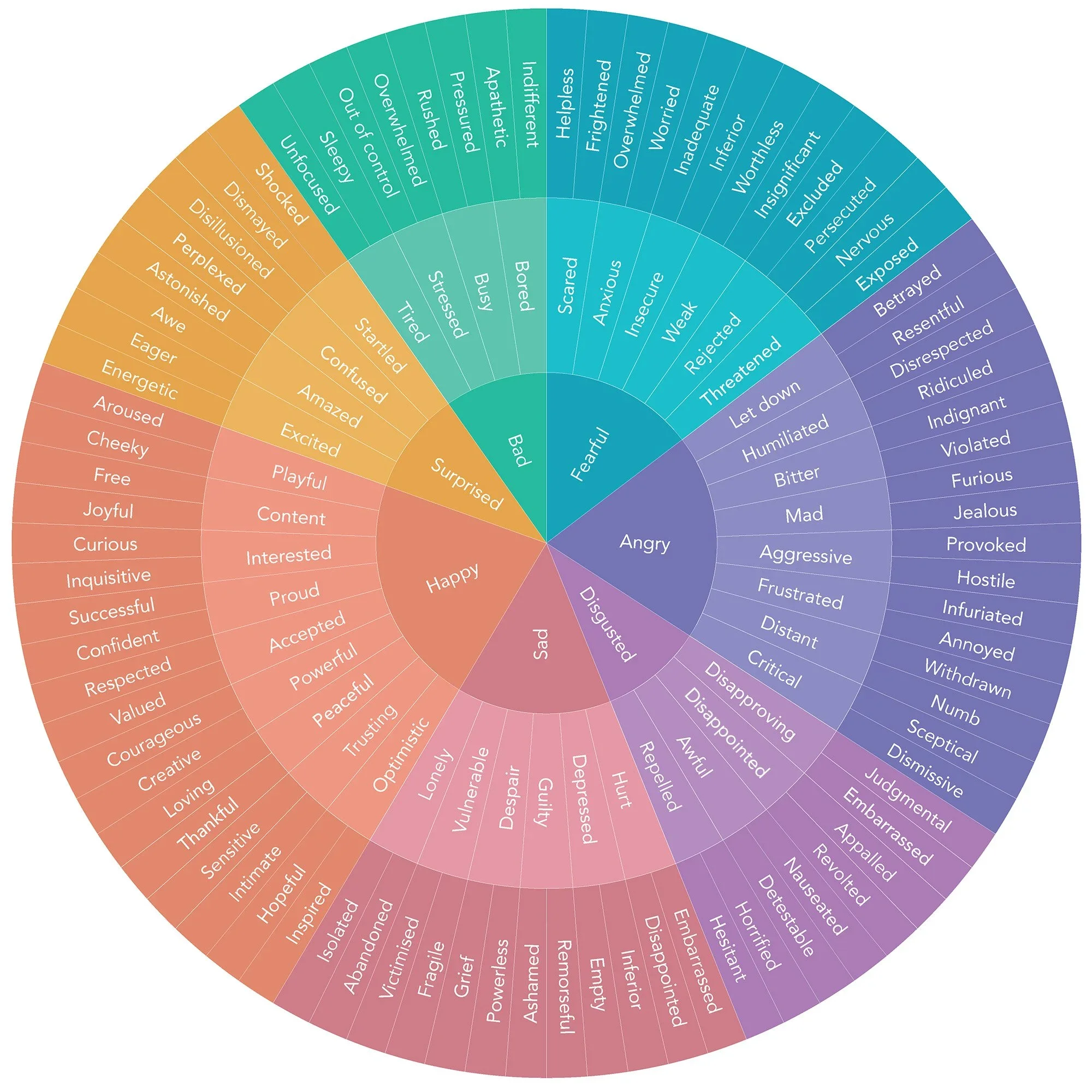Let Them In: The Value of Sharing What You’re Really Feeling
Written by Elizabeth Bird, PhDLearning to speak about your own internal experience is a key part of effective communication. Sharing your feelings, both what you express outwardly and what you may keep hidden, can help deepen understanding and connection with others.
Here are some general suggestions to help you communicate your emotions more effectively.
Expressed vs. Hidden Emotions
It’s common for people to express some emotions while hiding others. This can happen intentionally or unintentionally, and is often shaped by how we were taught to handle emotions growing up.
For example:
Some families may support expressing anger but discourage showing sadness.
In other families, sadness might be accepted, but anger is expected to be kept inside.
These learned patterns influence how comfortable we feel sharing our feelings as adults.
Hard and Soft Emotions
Some emotions are considered “hard” because they can create distance or help us feel in control. Anger is a common example.
Other emotions are considered “soft” because they have the potential to bring us closer to others. Sadness, shame, and love are examples.
Sharing soft emotions is inherently vulnerable. It exposes our “soft spots” and can make us feel emotionally open to being hurt. For this reason, a common pattern is expressing hard emotions while hiding soft ones.
For instance, you might show anger that your partner chose to hang out with friends instead of spending time with you, while hiding feelings of sadness or fear.
Sometimes, though, we are more likely to express our soft emotions but hide hard emotions, like anger. It’s not about soft emotions being “good” and hard emotions being “bad”. There are no good and bad emotions. It’s just about noticing what you are feeling and what you are/aren’t expressing and learning about your unique patterns.
Using the Emotions Wheel
A helpful tool to start noticing and communicating your feelings is the Emotions Wheel. The emotion wheel breaks down emotions into categories and subcategories, helping you put words to what you are actually feeling.
You can use these wheels to identify:
Which emotions you tend to express
Which emotions you tend to hide
What you are feeling now
Naming your emotions is a powerful first step in communicating clearly with others.
When and How to Share Emotions
It isn’t always emotionally safe to share soft emotions and deciding whether to share them is your choice. Just because you are sharing vulnerable emotions does not guarantee that the other person will respond warmly or respectfully.
However, sometimes revealing hidden emotions, whether hard or soft, is essential to communicate effectively. Doing so can:
Improve understanding between you and others
Reduce misunderstandings
Strengthen emotional connection
Bottom Line
Effective communication isn’t just about saying what’s easy. It’s about noticing your internal experience and making thoughtful choices about what to express and what to hold back. By becoming aware of your emotional patterns and gently practicing sharing, you can build more authentic and connected relationships.
If you’re interested in learning more about communication, whether you are single or in a relationship, read more about Dr. Bird’s training and approach below.

